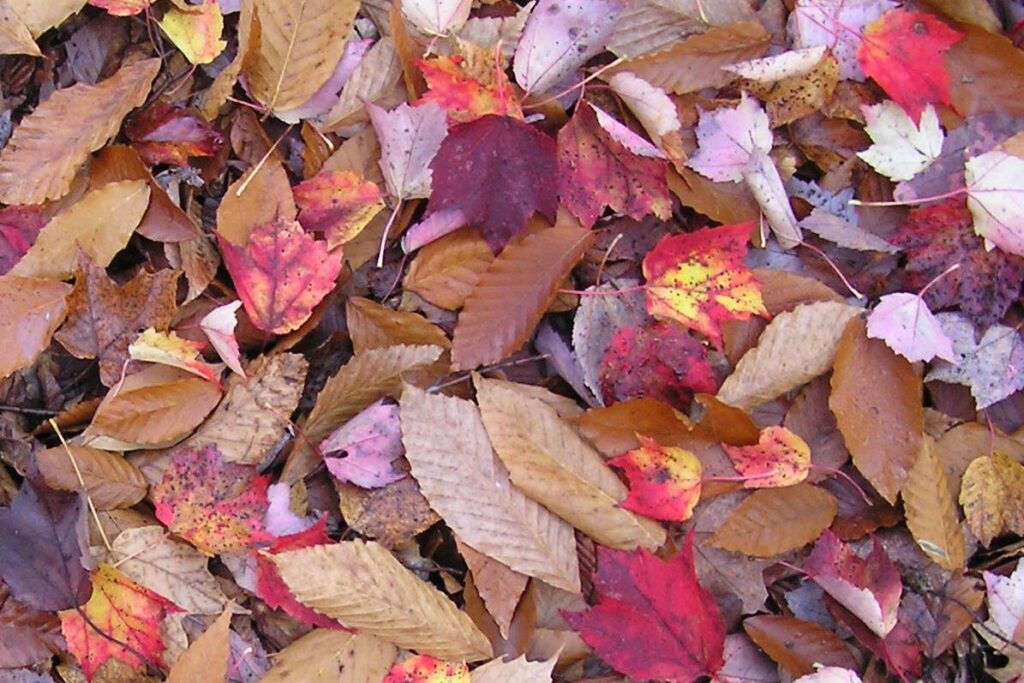Peterborough Examiner – February 18, 2022 – by Drew Monkman
It’s no exaggeration to say that this winter has been brutally cold. On January 29, the mercury plummeted to -34 C! While we enjoy the luxury of our cozy, heated homes, plants and animals are on their own. Surviving this kind of cold is no small feat. However, the genius of evolution has stepped up and provided species with a multitude of inventive ways to make it through to spring. To conclude this three-part series, let’s look at what trees and invertebrates have up their sleeves.
Tree adaptations
In deciduous trees (species that shed their leaves) preparation for winter starts in the fall with colour change. As the green chlorophyll pigment (essential for photosynthesis) is actively removed from the leaves, their true colours like yellows and oranges are revealed. The tree then sheds its leaves which avoids snow and ice build-up and entire branches being ripped off in storms. Shedding also helps the tree conserve water which is continually released by leaves.
We mustn’t forget that trees are about half water – and water freezes. If living cells were to freeze, they would be torn apart. Cellular protection from freezing happens in two ways: One mechanism works like antifreeze in your car. In the fall, trees concentrate sugars in their cells. This lowers the freezing point of any water that may be present. Trees are also able to move water from inside their cells to locations between cells.
This relocated water is so pure that there are no “nucleation” sites on which ice crystals can build. For an ice crystal to form, a nucleus such as a grain of dust must be present in the water. However, when water contains no impurities, it can actually be cooled to -38 C without freezing.
But there is a point where some trees will in fact freeze and produce vertical “frost cracks,” either visible or invisible. The loud popping noises that we sometimes here in a winter forest are the sound of frozen, water-carrying channels in trees exploding. A friend of mine who lives near Warsaw said some nights this winter have sounded like a “concert of firecrackers” in his woodlot.
Conifers and herbaceous plants
Coniferous trees have other adaptations. Because needles are long and thin, their surface area is small. This makes snow build-up more difficult. The needles also have a thick, waxy surface which helps to prevent water loss. The high resin content in a needle’s cells also inhibits freezing.
Conifer branches, too, are quite unlike those of deciduous trees. By sweeping outwards and downwards from the trunk – and being more flexible – they are adapted to shedding snow. If snow does build up, it tends to fall off when these branches bend to a steep enough angle.
The amazing adaptations exemplified by both deciduous and coniferous trees requires a lot of genes. A gene, which is made up of DNA, acts as a set of instructions to do things like purifying water or making sugar antifreezes. Trees actually have about twice as many genes as humans.
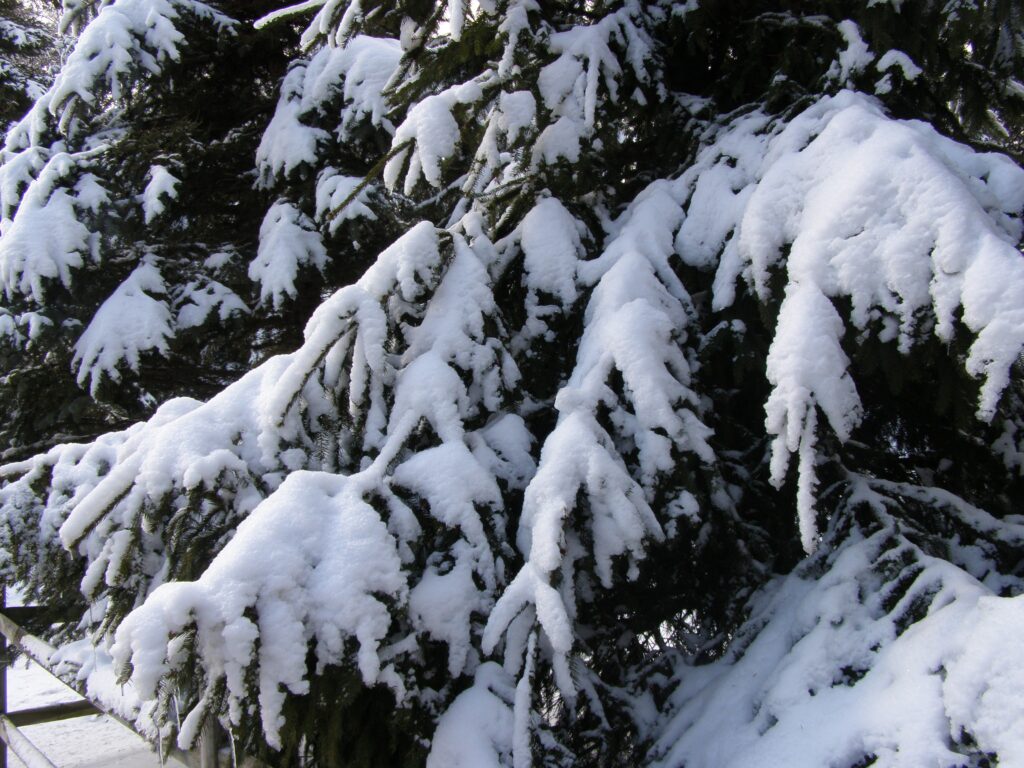
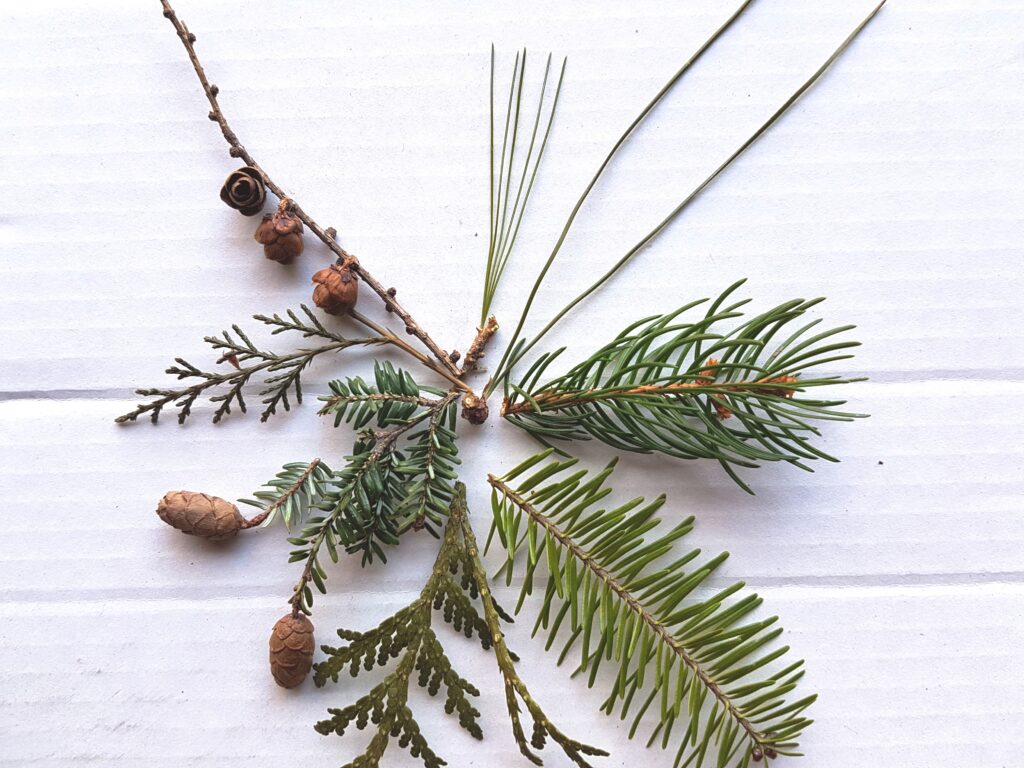
The survival of herbaceous (soft-stemmed) plants depends on totally different strategies. In nearly all cases, above-ground growth dies in winter. In the case of perennials, however, underground parts like roots and bulbs survive and sprout new growth in the spring. As for annuals, they die altogether. Their seeds, however, survive and assure a new generation.
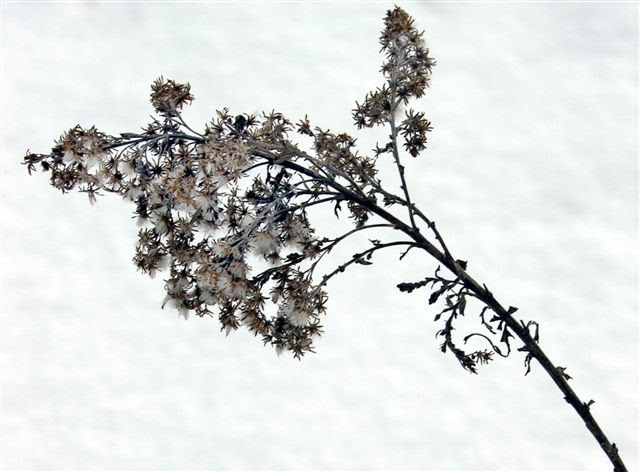
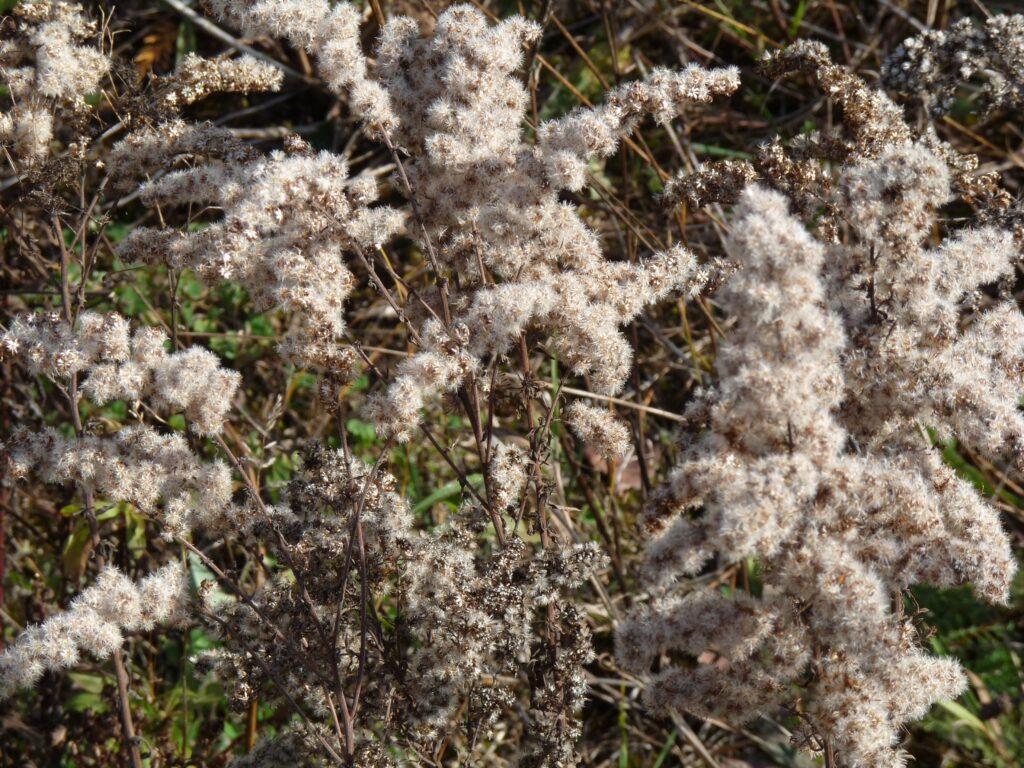
Insect genius
Invertebrates, too, pull out all the stops to defy winter’s challenges. Some species freeze solid, either as eggs, larvae, pupae or adults; others seek special shelter to avoid freezing temperatures; and a handful of species remain somewhat active. Monarch butterflies, of course, simply head to Mexico.
Insects overwintering as eggs include many species of grasshoppers, crickets, mosquitoes, praying mantises, and some moths like tent caterpillars. Like trees, the cells of insect eggs are protected by sugars.
Most moths and butterflies deal with winter by sleeping it out in the larval (caterpillar) stage, flush with sugar antifreeze. Woolly bears, the familiar furry, black and brown caterpillars, overwinter by simply curling up in some protected place on the ground. Other species overwinter in the pupal (cocoon or chrysalis) stage. This is the option used by giant silk moths like the cecropia and butterflies like the tiger swallowtail.
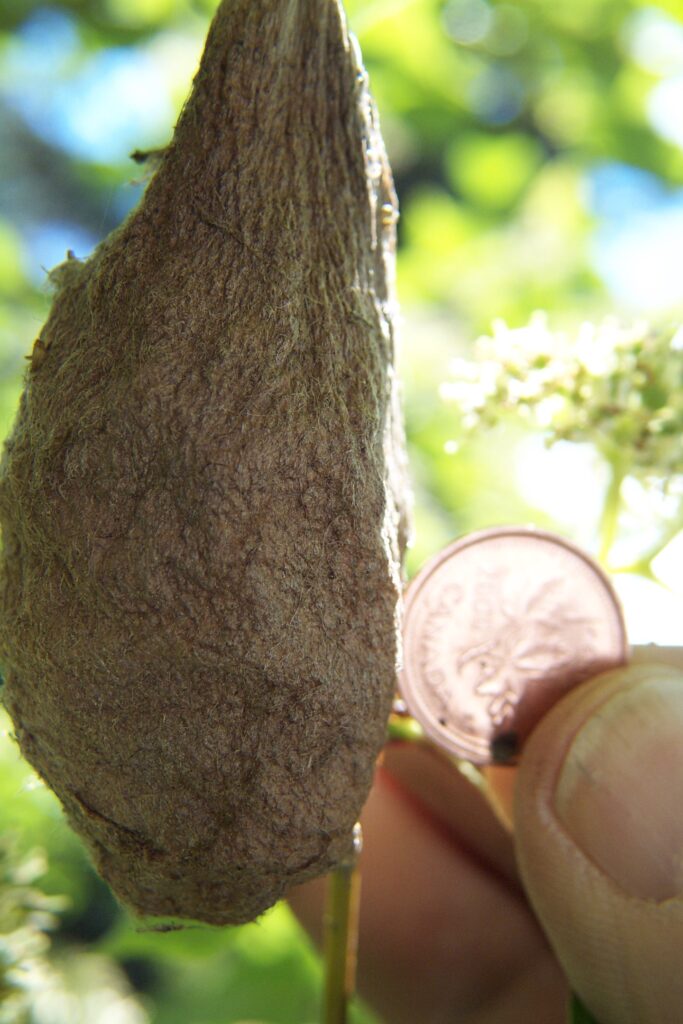
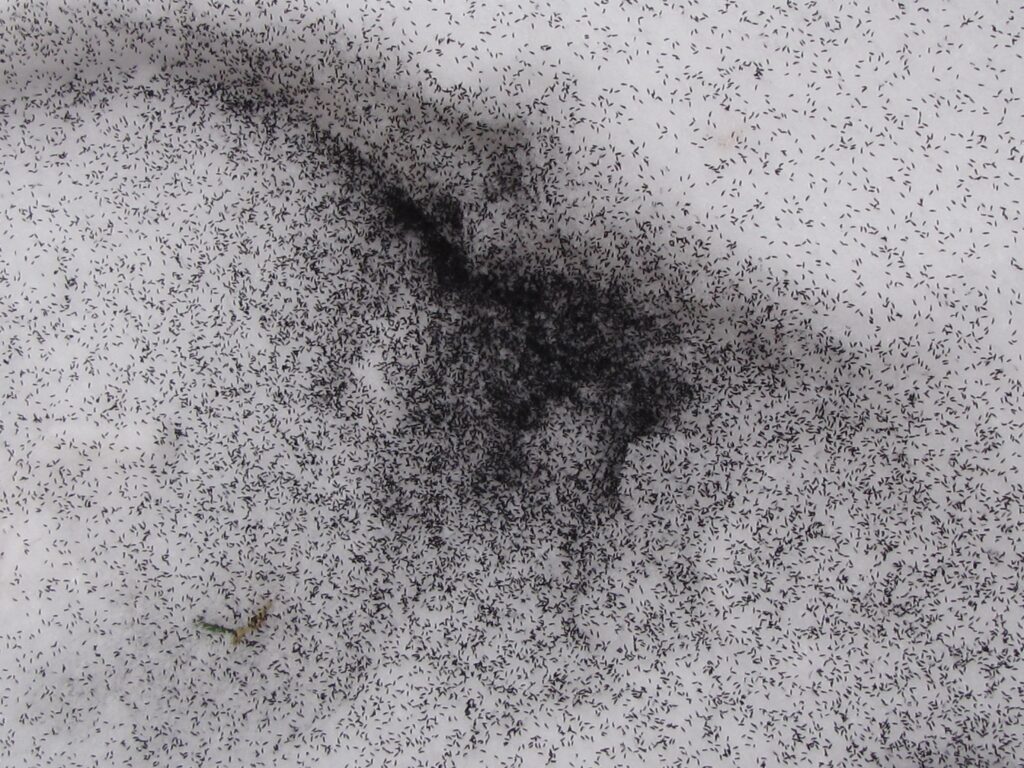
A surprising number of insects actually survive winter as adults. Among these are pregnant queen bumble bees and queen wasps, ladybird beetles, mourning cloak butterflies, ants, and some mosquitoes. Once again, sugar-based antifreeze prevents damage to the cells. In fact, overwintering ants are reputed as tasting “candy-sweet.” Other species, such as mated female Culex mosquitoes, avoid the cold altogether by finding shelter in locations where the temperature remains above 0 C. These can include everything from animal burrows to houses.
Adult honey bees have evolved a totally different approach. They are able to maintain an elevated body temperature all winter by clustering together in the hive. They form a large ball and vibrate their flight muscles to generate heat. The energy to do so comes courtesy of stored honey.
There are also several species that emerge from the leaf litter and venture out onto the snow on mild days. They include wolf spiders, wingless winter crane flies, snow fleas, and winter stoneflies. The latter emerge from streams like Jackson Creek and walk about on the adjacent snow in search of a mate.
Snowfleas are the species you’re most likely to encounter. A swarm of these one-millimetre-long insects can look like pepper spilt on the snow. What makes them extra-special is that they constantly jump – 65 times their body length! Snowfleas emerge from the ground and venture out onto the snow to feed on microscopic organic matter.
Clearly, the myriad ways that plants and invertebrates survive winter challenge what seems biologically possible. They bear witness to evolution’s wondrous creativity in solving the problems of survival.
CLIMATE CHAOS UPDATE
Hope: The Canada Pension Plan (CPP) has committed to achieve net-zero greenhouse gas emissions by 2050. CPP Investments manages over $550 billion of our pension savings on behalf of all Canadians outside of Quebec. While our national pension fund should be looking out for our best interests, until last week it had refused to set an emissions reduction goal in line with a climate-safe future. The CPP has finally joined four other public Canadian pension funds in taking this small first step. However, it stopped short of committing to any blanket divestments. See tinyurl.com/4dn524mn
Upcoming events: On March 14 at 7 pm, 4RG Meets welcomes Dorothy Taylor, an Elder and Knowledge Keeper from Curve Lake First Nation. Her presentation will focus on the sacredness of water and the benefits of working together to help Mother Earth. Register by emailing 4rgmeets@gmail.com.
Carbon dioxide: The atmospheric CO2 reading for the week ending February 12 is 418.38 parts per million (ppm), compared to 417.04 ppm just one year ago. The highest level deemed safe for the planet is 350 ppm. The steady upward trend in atmospheric CO2 continues: Pre-industrial (280 ppm), 1912 (300), 1988 (350), 2010 (390), 2014 (400), and 2020 (413).
Take action: To see a list of ways YOU can take climate action, go to https://forourgrandchildren.ca/ and click on an ACTION button.
